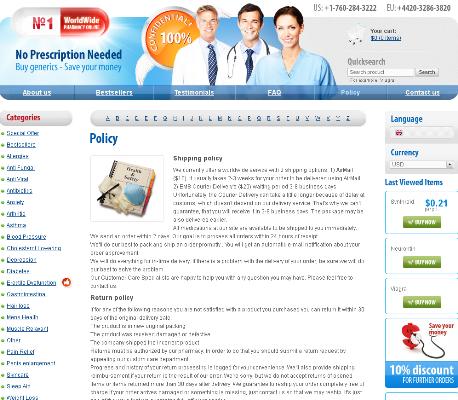Recognizing Improvement: Adhd Symptoms after Strattera
Noticeable Changes in Attention Span and Focus
Weeks after starting Strattera, many people notice clearer, sustained attention during daily tasks. Distractions seem less magnetic, and reading or listening feels less fragmented than before throughout the morning now.
Work sessions stretch longer with fewer abrupt breaks, and small responsibilities are completed rather than postponed. Concentration ebbs are fewer, making planning easier and stress lower and routines feel steadier.
People report improved awareness of when focus drifts and can gently redirect attention. In supportive enviroment, this change grows, enabling more reliable learning and productivity day-to-day with clearer daily priorities.
| Change | Example |
|---|---|
| Focus | Longer reading |
Reduced Impulsivity and Steadier Decision Making

After weeks on strattera, people often describe a subtle shift: impulses that once hijacked choices begin to quiet. This change feels less like discipline and more like a new bandwidth between thought and action.
Decisions that used to be reflexive gain a pause — a mental gap where weighing consequences becomes possible. Stories from patients and caregivers echo increased deliberation in everyday situations, from answering emails to responding in conversations.
Clinicians note Noticable reductions in snap judgments during follow-up visits, and patients report fewer regrets after social interactions. That steadier decision-making improves relationships and workplace performance over time.
Expect progress to be gradual; practice with decision exercises, journaling, and feedback speeds gains. Combining medication with strategies helps maintain momentum and set realistic goals. Small wins accumulate, building confidence for more complex choices across home, social, professional, and school situations daily.
Improved Time Management and Task Initiation Skills
Morning routines felt chaotic, but after a few weeks on strattera I found starting projects required less mental friction. Tasks felt more approachable and momentum built quickly.
Small planning habits, like a two minute list or visible calender, made differences: tasks were begun sooner and deadlines less intimidating. Simple anchors such as set start times reduced procrastination.
I tracked progress with timers, chunked work into 25 minute intervals, and celebrated small completions which reinforced momentum and reduced avoidance. Over time I noticed longer focus stretches and a smoother workflow consistently.
Better Emotional Regulation and Fewer Mood Swings

A few weeks after starting strattera, many people describe a small but steady shift in reactivity. Simple frustrations feel less overwhelming, and mornings often bring a calmer, more measured perspective.
Family members notice fewer explosive episodes and more thoughtful responses. This helps relationships heal; it makes therapy and coping strategies more effective because the person can practice skills with consistency.
Noticable gains are subtle but consistent: fewer highs and lows, steadier responses to stress, and improved ability to reflect before reacting. Keeping a mood log helps track shifts over time.
Sleep Patterns Stabilizing with Daytime Energy Boost
I used to wake foggy and struggle with mornings. After starting strattera, slight changes unfolded: lighter mornings, less tossing, and a Noticable sense of rhythm returning.
Sleep fallen into steadier cycles, so naps became rarer and daytime focus improved. Energy felt more even, not spiking then crashing.
| Before | After |
|---|
Simple routines helped: winding down, consistent bedtime, and reducing screens. These adjustments accommodate better consolidation of rest and clearer mornings.
Tracking patterns shows progress over weeks; set realistic expectations and celebrate small gains. Consult your clinician about timing and dose adjustments.
Measuring Progress: Tools, Routines, and Realistic Expectations
Start small: keep a simple chart tracking attention, impulsivity, sleep, and mood for a few weeks so patterns become clear. A short anecdote: a patient who logged five-minute focus bursts found Noticable gains after two months. Use objective tools like blinded rating scales and timer apps to spot trends rather than single days.
Establish routines — morning meds, planned work blocks, brief breaks — and pair them with weekly reviews. Clinicians recommend standardized scales (e.g., ADHD-RS, Conners) plus caregiver or self-reports to balance bias. Expect gradual shifts; celebrate small wins.
Set realistic expectations: improvement often accumulates over weeks, sometimes with side effects to monitor. Regular follow-up, dose adjustments, and patient education keep progress on track and measurable. Mayo Clinic - Atomoxetine NCBI - Atomoxetine review
<

